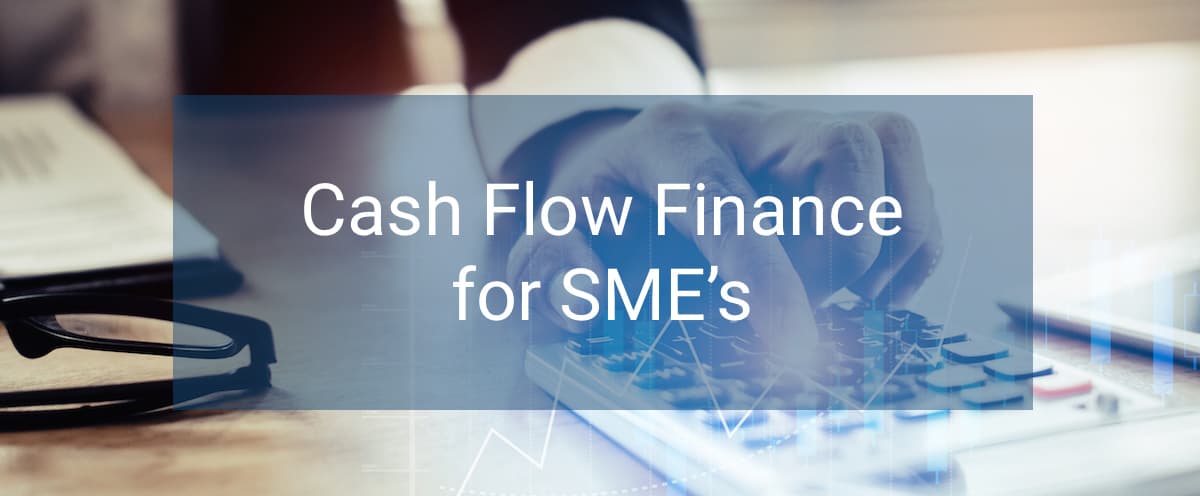Raising funds in any economic climate can be challenging for small to medium enterprises (SME). A traditional bank loan may be your first choice, but it’s not the only option available.
Non-traditional lenders offer flexibility which has become increasingly popular for Australian businesses. A survey from Financing SMEs and Entrepreneurs 2020 shows that SMEs are embracing the alternative financing options such as crowdfunding, peer to peer, and invoice finance. Any of these might be a good option for those who are either not qualified for or prefer to explore other options versus traditional loans.
Choosing the suitable alternative financing method is essential to guarantee the survival of your business for the long haul. Learn the different options of raising funds without banks for your business needs.
Way #1: Peer to Peer Marketplace Lending
Peer to Peer lending (P2P) has been popular since it launched in Australia back in 2012 for personal finance. Now that it’s also available as a business loan, businesses are taking advantage of what it has to offer.
Applications for P2P are fast, and the turnaround time is usually within a few days. The borrower creates an account on different P2P websites where they are connected to lenders. In this case, you will deal with an individual investor or a pool of investors rather than traditional lenders. Repayments are debited out of the bank account of your choice every due date. The con: The regular due dates may be a drawback if you have a seasonal business or irregular profit.
Way #2: Merchant Cash Advances
The merchant cash advance (MCA) offers a quick and efficient way to get cash without providing any business or personal asset to be qualified. The cash advance is the money paid by the lender to buy a company’s future transactions. This is becoming common in companies that use card terminals, so its really only well suited to Retailers.
The downside is that it is be more expensive than a business loan. The MCA provider gets to take a percentage of each sale (usually 10-20%) that a business makes until the end of the pre-agreed payback limit.
Way #3: Debtor Finance
Debtor finance turns your unpaid invoices into cash. This eliminates the problem of hampered business growth due to late payments.
Here’s how it works: a third-party commercial finance company provides the cash advance or immediate business line of credit by using your unpaid invoices as collateral.
“The more money owed to you by your debtors/customers, the more finance you can access.”
The more money owed to you by your debtor, the more finance you can access. Debtor finance is based on revenue, not profitability. This allows your business to get the capital without using assets or property for extra security or meeting the usually strict requirements. This is an excellent solution if your SME is suffering from late-paying customers, or if your payments terms are >30 days, or simply for those growing businesses that require ongoing cash flow for working capital.
Way #4: Non-Bank Loans
Non-bank loans are another form of finance focused on SME’s. Traditionally these loans range from $5,000 to $100,000 so they are focused on small businesses. These loans are often easier to get than bank loans. They are ‘unsecured’ in that they dont require property as security, but they often do require personal guarantees to be provided. Non-bank loans can be expensive as they range from 15% to 45%+ per annum when calculated correctly (ie on the diminishing balance). There are a raft of non-bank lender in the market so shop around for the best provider for your business, but remember you need to pay back principal and interest each fortnight or month on an ongoing basis until repaid.
Way #5: Crowdfunding
Crowdfunding, true to its name, involves a large number of people or a “crowd” to fund a business or a project rather than having significant investors. A good marketing strategy is crucial for making this successful. You need to get the attention of a large number of people, called backers, and convince them to invest or donate in your project.
There are four types of crowdfunding: donation, debt, rewards, and equity. Although there are different types, the premise is still receiving money from a large group of backers.
Donation funding is when people give money without receiving any return. In debt-based funding, donors are repaid with incentivised higher contributions which can range from interest at a particular deadline. The backers get shares of the business with equity funding. Lastly, with reward-based funding, the contributor can receive tokens or discounts from the company.
Have you decided which alternative funding is suited for your business? Don’t let financing uncertainty hold your business back. Get the cash you need to keep your business growing and continue your operations without the tedious process of bank loans. With OptiPay finance, you can use your unpaid invoices to get money for your business within as little as 24 hours.
Who is OptiPay?
OptiPay, one of Australia’s leading business finance providers, has been dedicated to helping small business owners solve cash flow challenges for over a decade and has provided $1.5 billion in business funding to more than 500 Australian businesses. OptiPay specialises in modern financing solutions such as invoice factoring, invoice finance, debtor finance, and lines of credit. OptiPay’s mission is to support business growth providing liquidity in as little as 24 hours, ensuring they have access to tomorrow’s cash flow today. This rapid access to funds helps businesses maintain smooth operations and seize growth opportunities without the stress of cash flow constraints. At OptiPay, we believe that healthy cash flow is the lifeblood of any successful business. Our commitment to helping businesses overcome financial hurdles and achieve their growth ambitions has solidified our reputation as a trusted partner in the business finance sector. Whether you are looking to stabilise your cash flow, expand your operations, or navigate financial challenges, OptiPay is here to support your journey with innovative and efficient financing solutions.



